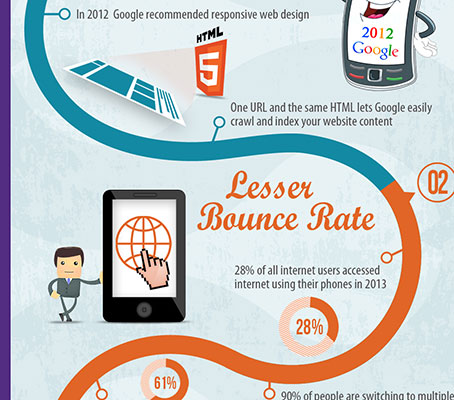Internet Site Style: A Trip Through Time.From Modest Beginnings To Modern-Day Wonders, Web Site Layout Has Undergone A Considerable Improvement Over The Years
Internet Site Style: A Trip Through Time.From Modest Beginnings To Modern-Day Wonders, Web Site Layout Has Undergone A Considerable Improvement Over The Years
Blog Article
Short Article Produced By-Lamb Wong
In the past, web sites were easy and concentrated on details. Navigation was straight, and design was for desktops. Now, Recommended Online site is vital. Information guides layouts for very easy navigating. Receptive formats match different tools. Today, dark mode lowers pressure, and minimalist food selections enhance navigation. Interactive features involve users, and vibrant visuals attract attention. AI integration enhances involvement. See how layout has evolved to boost your on-line journey.
Very Early Days of Website Design
In the very early days of website design, simpleness reigned supreme. Web sites were basic, with limited colors, fonts, and formats. The focus got on providing information rather than flashy visuals. Users accessed the net via slow dial-up links, so speed and capability were key.
off page seo packages were straightforward, usually located on top or side of the page. Websites were developed for desktop, as mobile browsing had not been yet prevalent. Content was king, and developers focused on very easy readability over complicated style aspects.
HTML was the primary coding language utilized, and developers had to function within its restraints. Computer animations and interactive attributes were marginal contrasted to today's criteria. Web sites were static, with little dynamic web content or tailored individual experiences.
Increase of User-Focused Style
With the advancement of internet site design, a shift in the direction of user-focused design principles has actually ended up being increasingly noticeable. Today, creating websites that focus on customer experience is critical for involving visitors and achieving company objectives. User-focused design entails understanding the needs, preferences, and actions of your target market to customize the web site's layout, material, and features accordingly.
Developers now perform comprehensive study, such as user surveys and usability screening, to gather insights and responses directly from users. This data-driven approach aids in producing instinctive navigation, clear calls-to-action, and aesthetically attractive user interfaces that resonate with site visitors. By positioning the customer at the center of the style procedure, websites can deliver a more personalized and delightful experience.
Responsive layout has actually also become a vital facet of user-focused layout, making sure that sites are maximized for different gadgets and screen dimensions. This versatility enhances availability and functionality, dealing with the diverse methods individuals connect with internet sites today. Basically, the surge of user-focused layout signifies a change in the direction of developing digital experiences that focus on the demands and assumptions of completion user.
Modern Trends in Website Design
Check out the latest patterns forming web design today. One popular trend is dark mode design, using a sleek and modern-day look while reducing eye strain in low-light atmospheres. An additional crucial fad is minimalist navigation, simplifying menus and boosting customer experience by concentrating on essential elements. Incorporating micro-interactions, such as computer animated switches or scrolling impacts, can create a much more appealing and interactive web site. Responsive layout stays crucial, making sure smooth user experiences across numerous gadgets. Furthermore, using strong typography and unbalanced designs can include visual interest and accentuate certain content.
Incorporating AI innovation, like chatbots for client support or tailored referrals, boosts individual engagement and improves processes. Access has additionally end up being a considerable pattern, with designers prioritizing inclusive design techniques to satisfy varied customer needs. Accepting sustainability by maximizing website efficiency for speed and effectiveness is another emerging pattern in website design. Teaming up with individual comments and data analytics to iterate and boost layout continuously is necessary for staying pertinent in the ever-evolving electronic landscape. By welcoming these modern-day fads, you can create an aesthetically attractive, easy to use website that resonates with your target market.
Verdict
As you assess the evolution of web site design from the early days to currently, you can see how user-focused layout has ended up being the driving force behind modern trends.
Accept the journey of modification and adjustment in website design, constantly keeping the customer experience at the center.
Keep current with the most up to date trends and innovations, and never ever stop developing your technique to produce aesthetically stunning and easy to use internet sites.
Develop, adjust, and develop - the future of web design remains in your hands.
